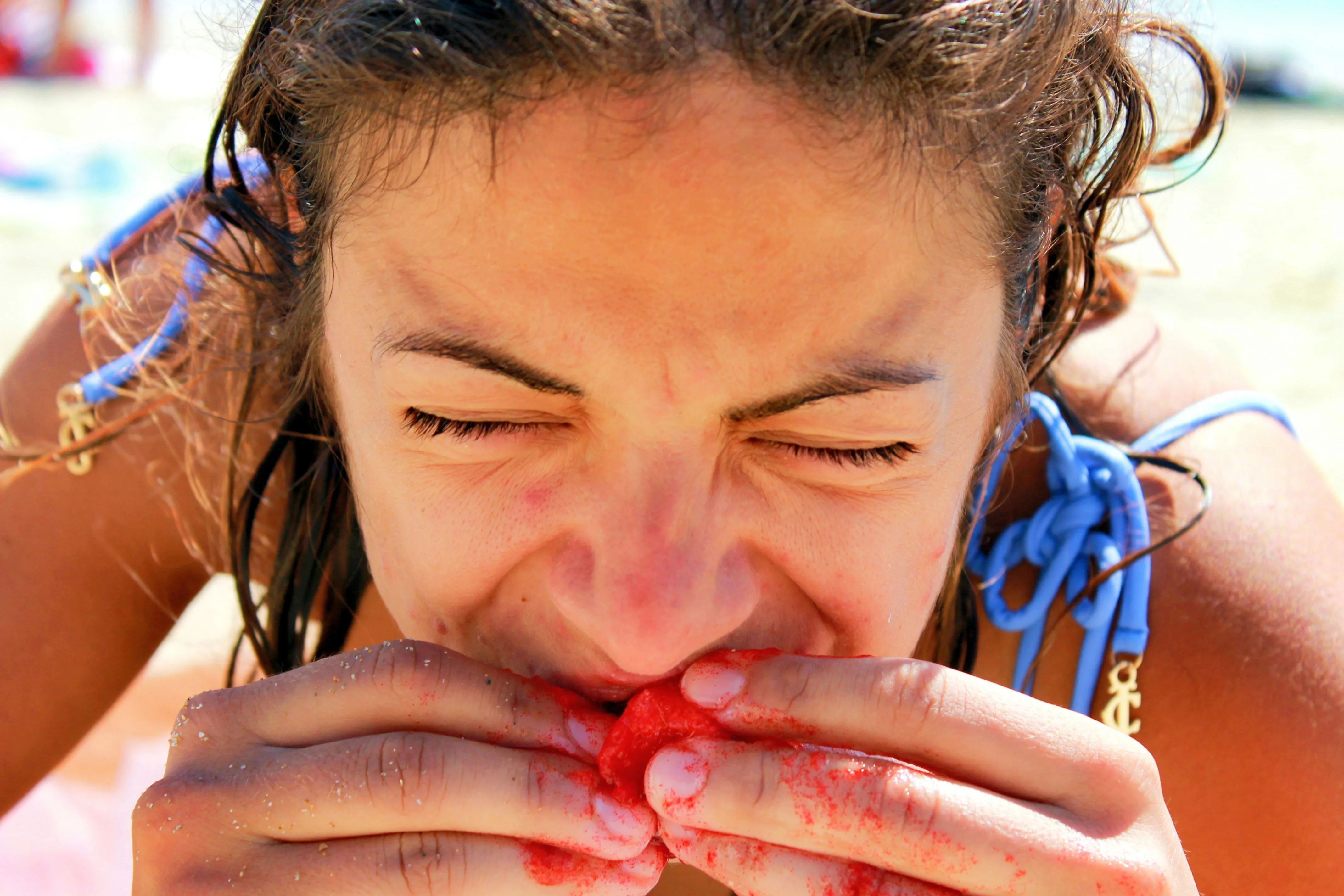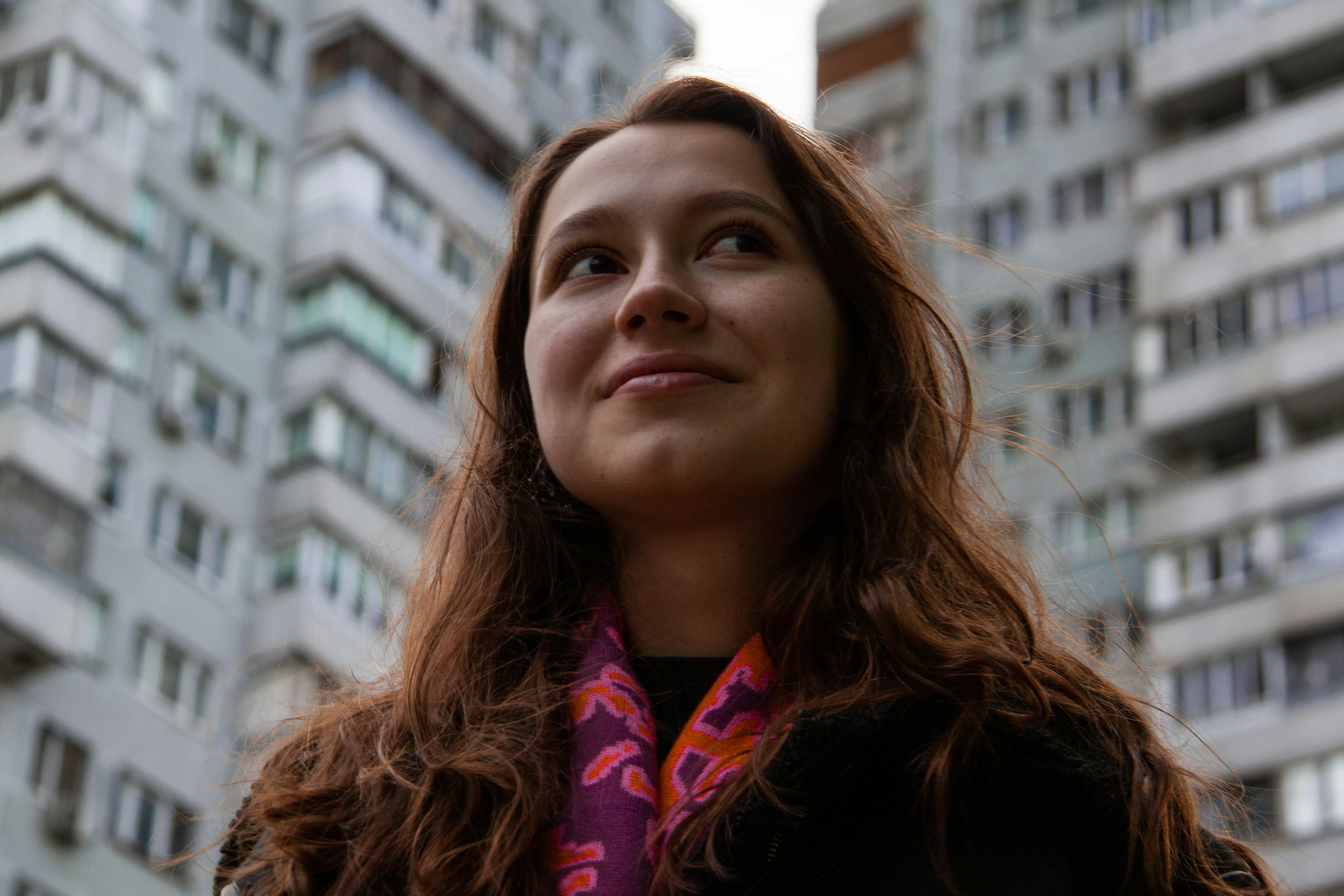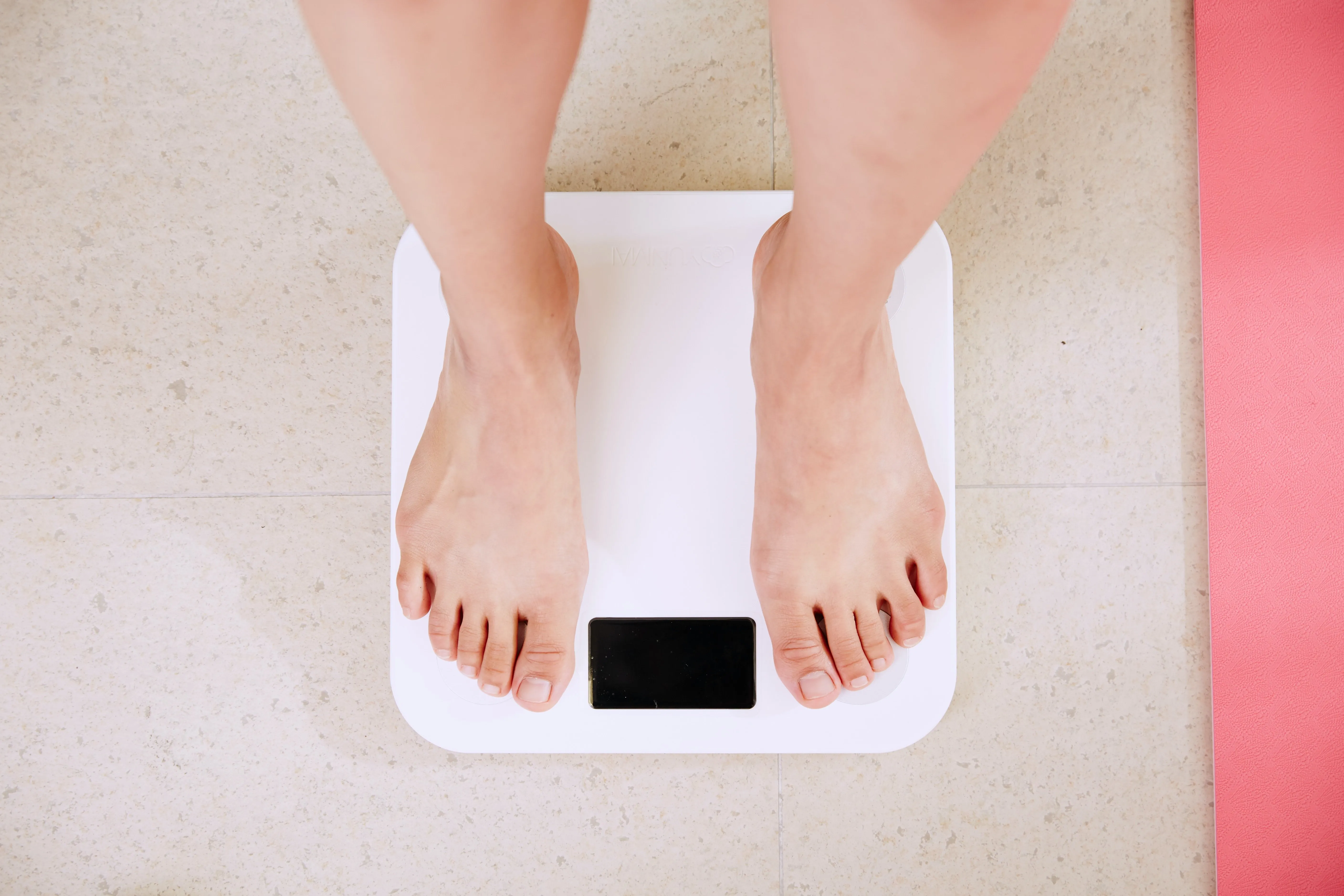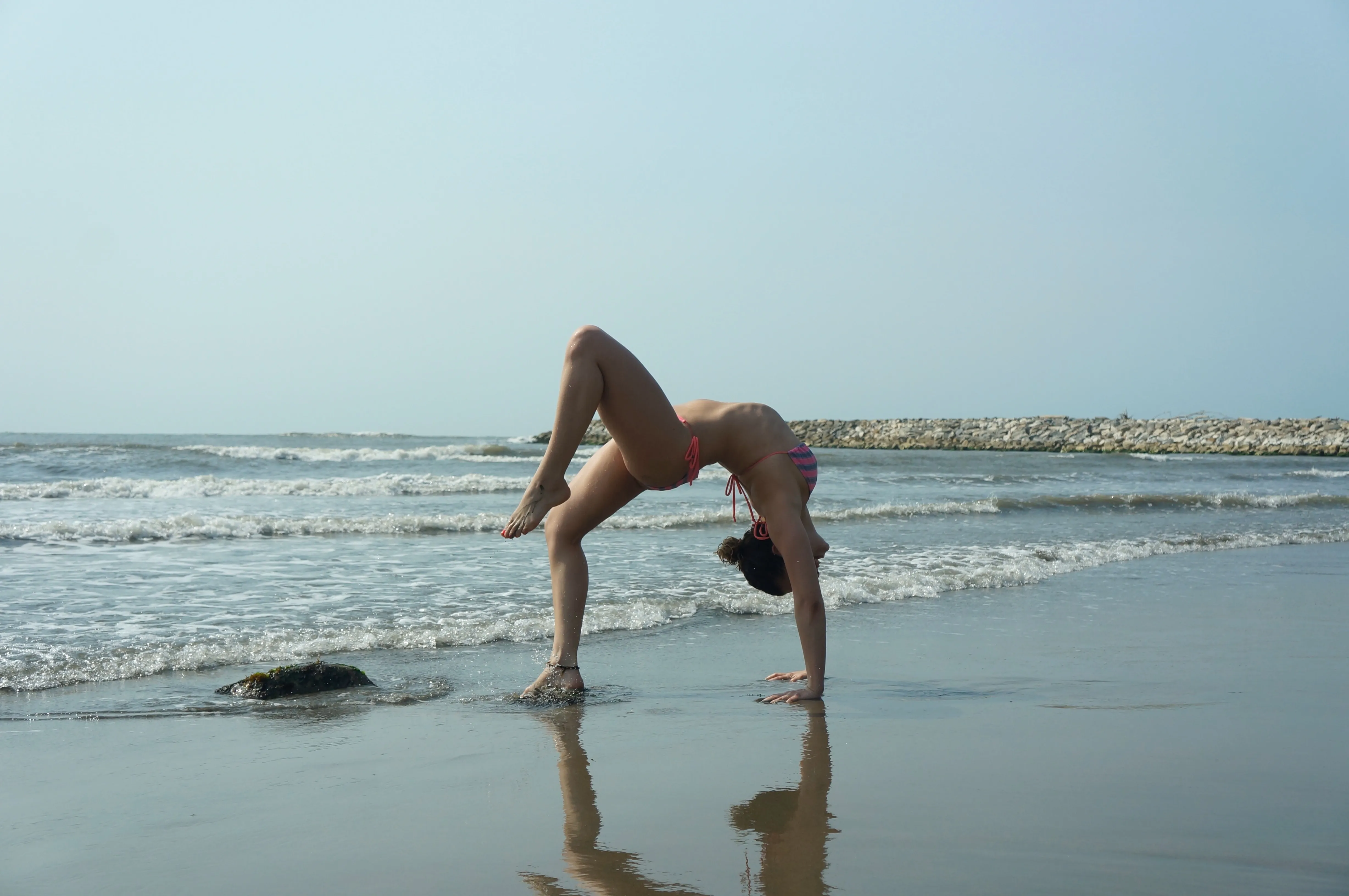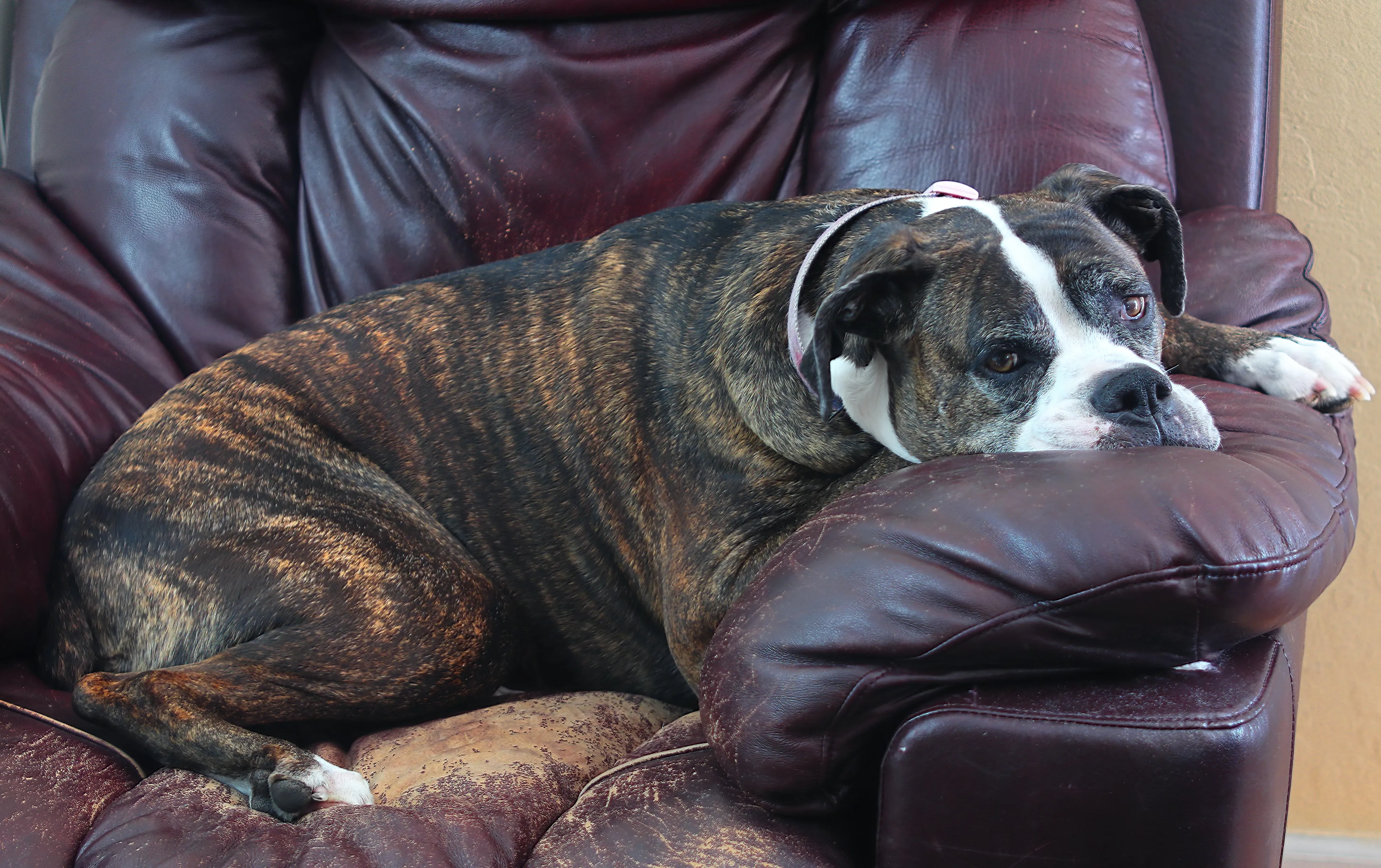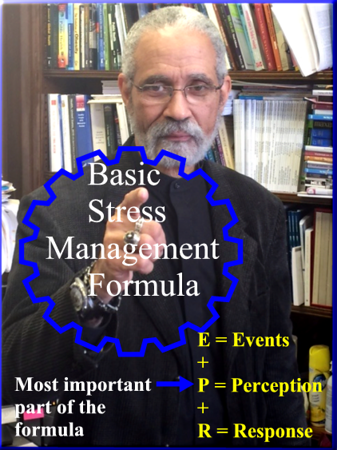7 Ways to Prevent and Cope with Delayed Onset Muscle Soreness (DOMS)
Introduction
Delayed onset muscle soreness (DOMS) refers to the muscular aches and pains that you experience anywhere from 24 to 48 hours after a workout. This pain could be due to microscopic tears in the muscles because of weight training or it could lactic acid production in the body when the training takes on an anaerobic nature.
While doctors have not been able to fully determine the cause of DOMS, the general consensus is that it’s not harmful and your muscles will only ache if they’re stretched, contracted or you place pressure on them.
For example, if you did several sets of barbell squats today, your thigh muscles may be aching badly the next day. However, if you’re sitting or lying down, the muscles won’t hurt. It’ll only hurt when you walk, squat or do other movements that affect these muscles. Generally, the pain will dissipate after a few days. So, there’s really nothing to panic about.
In this article, we’ll look at 7 ways you can help to alleviate the aches and pains in your muscles.
1. Foam rollers
Foam rollers are great for helping to get the blood circulating around your muscles. You can purchase one of these from Amazon or your gym might have a few for you to use. By using foam rollers, you can enhance your recovery time and also reduce muscular fatigue and pain.
All you need to do is lie on the roller and roll on the affected areas. Your bodyweight and gravity will do the rest. The roller will apply pressure on the tight muscles and improve flexibility and sort out any ‘kinks’ in the muscles.
2. Compression tights
Compression tights are most effective when worn during the actual workout to prevent DOMS. This especially applies for training that involves the leg muscles such as running or resistance training that targets the legs.
These tights will hold your muscles in place and boost blood circulation to the areas that are affected by the stress and strain of exercise.
3. Hot and cold baths
This is a simple technique. All you need to do is adjust the temperature of the water during your shower. So, you’ll be showering in cold water for 3 minutes followed by warm water for the next 3 minutes. Alternate this for about 5 or 6 times.
What this will do is that it will cause your blood vessels to expand when the water is warm… and when you switch to cold water, the body will send the warm blood to the vital organs.
This will boost blood circulation and reduce the amount of lactate in the blood. It’s also said that this method of showering has detoxifying properties.
4. Muscle rubs
Muscle rubs could be creams or solutions that are topically applied to your affected areas. You can easily purchase them from any health store. Most can be bought over-the-counter and you won’t need a doctor’s prescription.
5. Sea salts
Soaking yourself in a bath tub of Epsom sea salts will help reduce your muscular pain too. Your body will absorb the magnesium in these salts through the skin and flush out the lactic acid in the muscles. This will help to relax your body and bring about pain relief.
6. Massage
Massage is another great way to relieve pain. While studies have shown that massage doesn’t really reduce the pain, it does get the blood circulation going and helps to hasten recovery.
Always get someone who is trained in sports massage to massage you. It may cost you money but you’ll be safer. Asking an inexperienced friend or family member to massage you might lead to injuries that cause more pain than DOMS and may actually need professional medical treatment.
7. Stretching
Stretching is highly underrated. All too often people hastily do a few simple stretches before a workout and rush to get to the actual workout. Light stretches for about 7 minutes will really help to get your body warmed up.
While you shouldn’t stretch too much before a resistance training session, it does help to do some light cardio to get the blood flowing and warm up the muscles. Even a 5-minute brisk walk on the treadmill followed by a few stretches will be really helpful.
Your muscles will be warmed up and you’ll be less likely to get severe muscular aches and pains the next day. Do remember to stretch for at least 10-minutes after your workout is over.
Stretching several times the following day will help too. It’ll keep your body limber and improve blood circulation which will aid in mitigating any possible DOMS that may arise.
Conclusion
Do apply these 7 tips where possible and you’ll not be prone to muscle soreness. Other than that, train progressively and don’t try to do too much too soon. Most people who suffer severe DOMS usually take on more than the body can handle. Exercise prudence and train sensibly and you’ll be able to train more often without having to rest too much due to pain.





